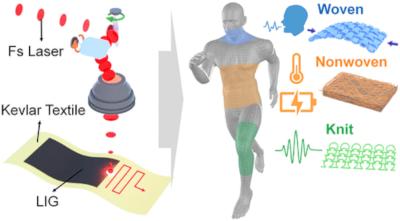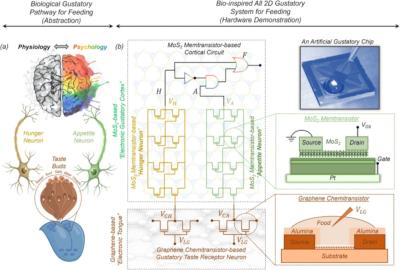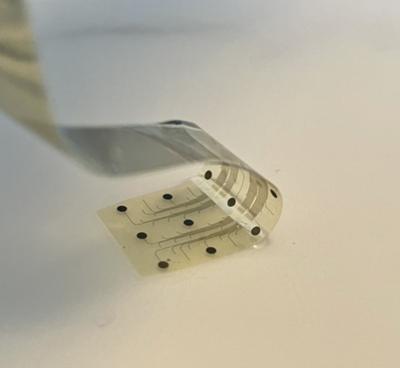Archer Materials demonstrates multiplexing readout for its Biochip gFET
Archer Materials, a semiconductor company advancing the quantum computing and medical diagnostics industries, has demonstrated multiplexing readout for its advanced Biochip graphene field effect transistor (“gFET”) device.
Archer confirmed single-device multiplexing using four advanced gFETs as sensors, which were integrated into the Archer advanced Biochip platform. This is significant as Archer intends to apply its multiplexing capability in the Biochip to test for multiple diseases on a single chip at once.


